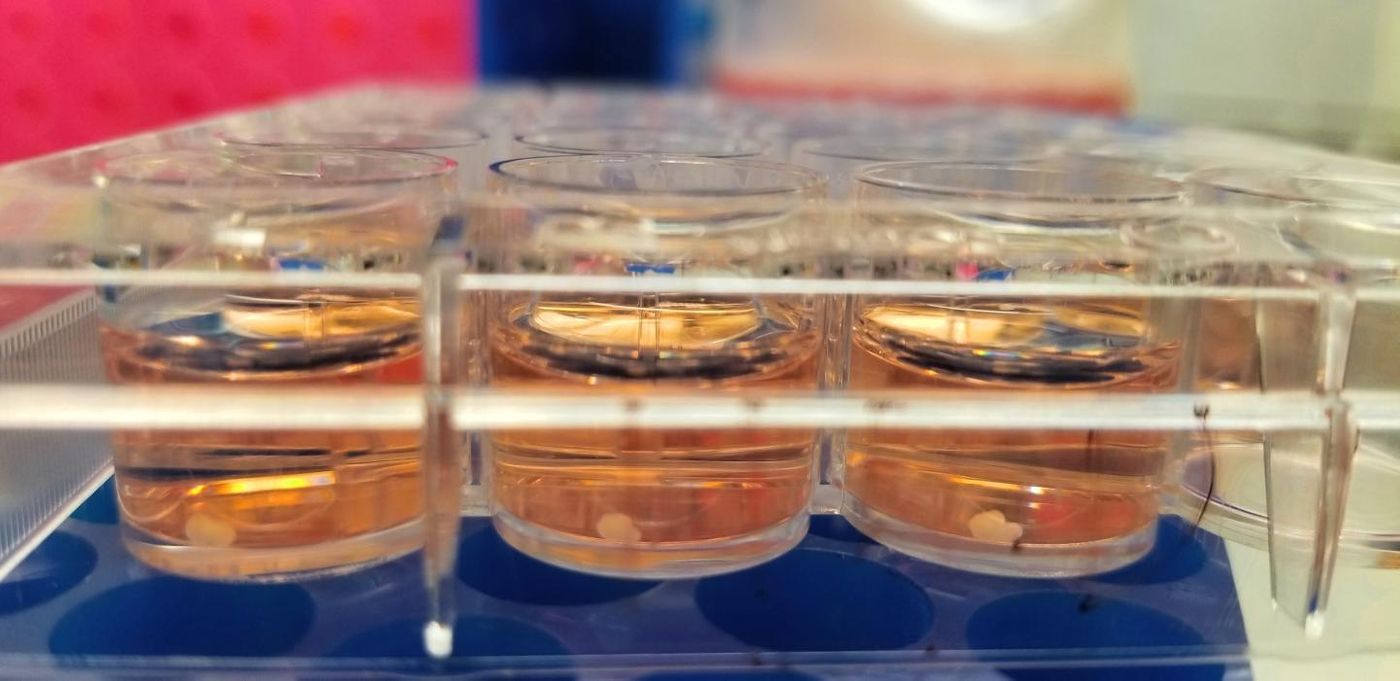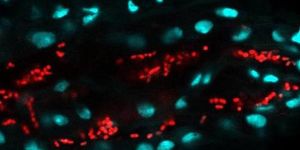Another Hurdle in Modeling the Human Brain is Overcome
The human brain is one of the most mysterious organs in the body, mostly because it is so difficult to study the brain compared to other organs. Animal research models are not always adequate to investigate the unique features of the human mind; scientists have tried to find a better way. To that end, researchers are creating three-dimensional, miniature versions of the brain (and other organs). They don’t always mimic the complexity of the organs they model, and there is still an effort to improve these miniature organ models, called organoids.
Scientists at Case Western Reserve University School of Medicine have reported an advanced in brain organoids in Nature Methods. They have made an even better version, with the addition of an important cell type that was missing from previous models.
"We have taken the organoid system and added the third major cell type in the central nervous system - oligodendrocytes - and now have a more accurate representation of cellular interactions that occur during human brain development," explained Paul Tesar, Ph.D., the Dr. Donald and Ruth Weber Goodman Professor of Innovative Therapeutics and associate professor of genetics and genome sciences at Case Western Reserve University School of Medicine.
Oligodendrocytes have an essential role; they produce myelin, which insulates nerve connections. That insulation allows neurons to communicate rapidly and effectively. Defects in myelin are to blame for a number of devastating disorders.
"This is a powerful platform to understand human development and neurological disease," noted Tesar. "Using stem cell technology we can generate nearly unlimited quantities of human brain-like tissue in the lab. Our method creates a 'mini-cortex,' containing neurons, astrocytes, and now oligodendrocytes producing myelin. This is a major step toward unlocking stages of human brain development that previously were inaccessible."
This system is so powerful not only because it provides so much insight into physiology; it can also act as a reliable system for testing therapeutics. "These organoids provide a way to predict the safety and efficacy of new myelin therapeutics on human brain-like tissue in the laboratory prior to clinical testing in humans," explained co-first author Mayur Madhavan, Ph.D.
With this method, scientists can also generate organoids from diseased cells, which provides an accurate model of a disorder. In this study, organoids were made from material donated by patients with Pelizaeus-Merzbacher disease, which impacts the myelin and is fatal. "Pelizaeus-Merzbacher disease has been a complicated disorder to study due to the many different mutations that can cause it and the inaccessibility of patient brain tissue," said co-first author Zachary Nevin, Ph.D., "but these new organoids allow us to directly study brain-like tissue from many patients simultaneously and test potential therapies."
They found that different patients had their own dysfunction that could be targeted in unique ways, showing how this technique might be used to find the best therapy for individuals.
"Our method enables generation of human brain tissue in the laboratory from any patient," said Tesar. "More broadly, it can accurately recapitulate how the human nervous system is built and identify what goes wrong in certain neurological conditions."
Sources: AAAS/Eurekalert! via Case Western Reserve University, Nature Methods










